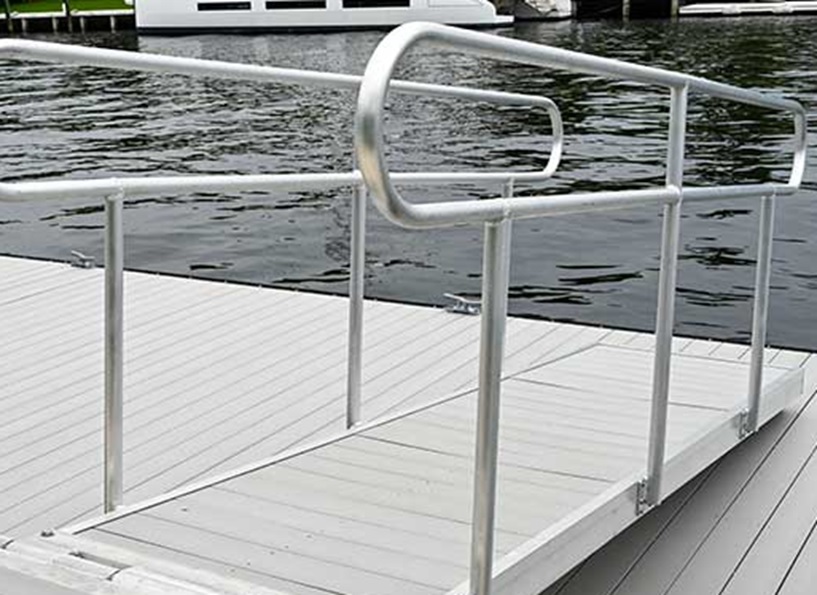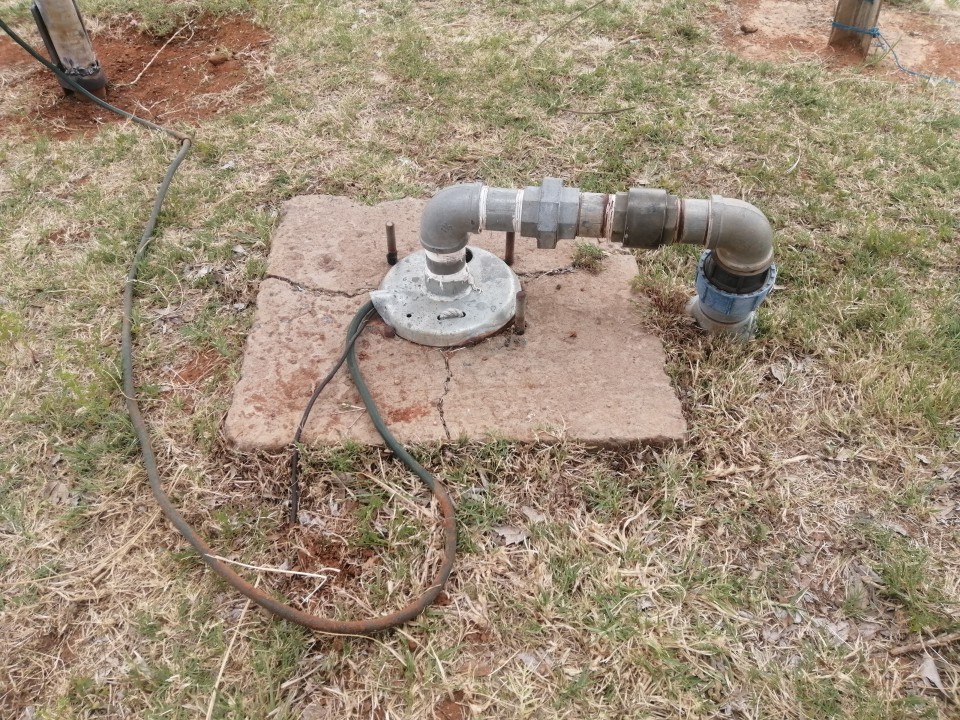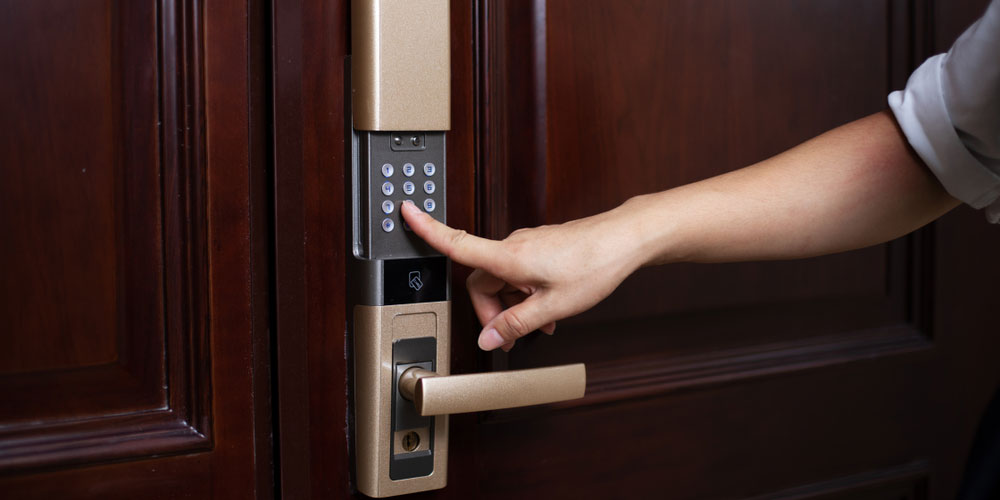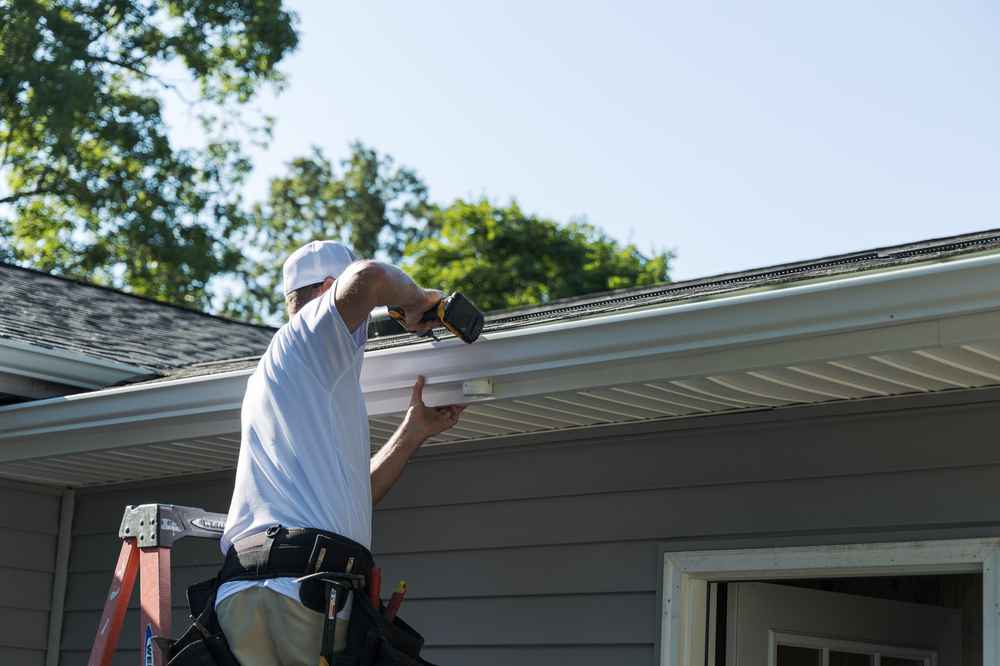Encountering a clogged toilet can be a frustrating experience. Whether it’s due to excessive toilet paper, foreign objects, or a buildup of waste, knowing how to effectively tackle the problem is essential. This step-by-step guide will walk you through the process of unclogging your toilet, ensuring you can resolve the issue swiftly and confidently.
Step 1: Gather Your Supplies
Before diving into the unclogging process, it’s important to gather the necessary tools. Being prepared will make the job easier and more efficient.
- Plunger: A flange plunger is the most effective for toilets due to its shape, which creates a better seal.
- Rubber Gloves: Protect your hands from germs and mess.
- Bucket: Useful for containing excess water and any debris.
- Plumbing Snake (Optional): If the plunger doesn’t work, a plumbing snake can help break up tougher clogs.
- Dish Soap (Optional): This can help lubricate the clog and make it easier to clear.
Step 2: Assess the Situation
Before you begin, take a moment to evaluate the situation. Check the water level in the bowl:
- Water Level: If the bowl is filled to the brim, avoid flushing again, as it may overflow. If it’s low, you’re in a better position to proceed.
Step 3: Prepare the Area
To prevent any mess, prepare the surrounding area:
- Lay Down Towels: Place towels or rags around the base of the toilet to absorb any spills.
- Remove Items: Clear away any items around the toilet that could get in the way or become damaged.
Step 4: Use the Plunger
Now it’s time to tackle the clog with the plunger:
- Position the Plunger: Ensure the plunger is positioned directly over the drain hole at the bottom of the toilet bowl. The flange should fit snugly into the hole to create a seal.
- Push and Pull: Begin by pushing down gently to create suction, then pull up quickly. Repeat this action vigorously for about 15-20 seconds. Make sure you’re maintaining a good seal throughout the process.
- Check for Progress: After plunging, check if the water in the bowl has started to drain. If it does, flush to see if the clog has cleared. If it hasn’t, continue plunging.
Step 5: Use Dish Soap and Hot Water (If Needed)
If the plunger alone doesn’t resolve the clog, consider using dish soap and hot water to help dislodge it:
- Pour Dish Soap: Squirt about a cup of dish soap into the toilet bowl. Allow it to sit for about 10-15 minutes. The soap will help lubricate the clog, making it easier to clear.
- Hot Water: After the soap has settled, heat a gallon of water (but do not boil it). Carefully pour the hot water into the toilet from waist height. This method can help break down the clog further. Allow the water to sit for another 10-15 minutes.
- Check for Drainage: After waiting, try flushing the toilet again. If it drains successfully, the problem is resolved. If not, move on to the next step.
Step 6: Use a Plumbing Snake
For stubborn clogs that resist plunging and soap, a plumbing snake can be a powerful tool:
- Insert the Snake: Carefully insert the end of the plumbing snake into the toilet drain. Push it gently until you encounter resistance.
- Break Up the Clog: Turn the handle of the snake to break up the clog. If you feel it catch on something, continue to rotate and push until the clog dislodges.
- Pull Out the Snake: Once you feel the clog loosen, pull the snake out carefully, bringing any debris with it.
- Flush the Toilet: After using the snake, flush the toilet to check if the clog is cleared.
Step 7: Clean Up
Once the toilet is unclogged, it’s time to clean up:
- Dispose of Gloves: Remove and dispose of your rubber gloves properly.
- Clean Tools: Rinse the plunger and snake thoroughly with disinfectant or hot water to ensure they’re clean for future use.
- Disinfect: Wipe down the toilet and surrounding area with a disinfectant cleaner to eliminate any germs.
Step 8: Prevention Tips
After successfully unclogging your toilet, consider implementing some preventive measures:
- Limit Toilet Paper: Use only the amount necessary. If you require more, consider flushing twice instead of risking a clog.
- Teach Proper Disposal: Educate family members about what can and cannot be flushed. Avoid flushing items like wipes, feminine products, or any non-biodegradable materials.
- Regular Maintenance: Periodically check your plumbing for signs of wear or buildup. Regular maintenance can prevent clogs from becoming a recurring issue.
Conclusion
Unclogging a toilet doesn’t have to be an overwhelming task. By following these steps, you can address the issue efficiently and effectively. Remember that while DIY methods can often resolve clogs, persistent or complex problems may require professional assistance. With the right tools and techniques, you can keep your toilet running smoothly and enjoy a stress-free bathroom experience.







